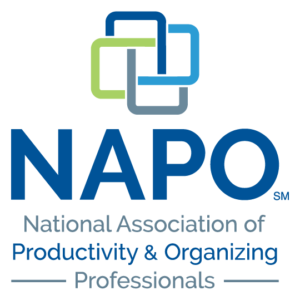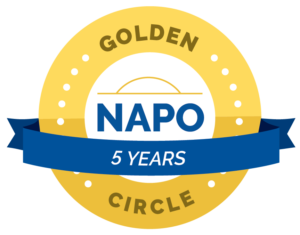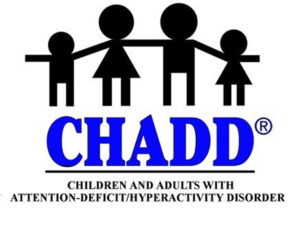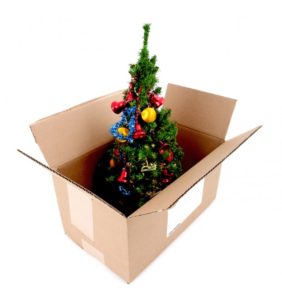 I watched a sitcom the other day where one of the characters introduced the family to her new dog. The look of confusion on their faces indicated having a dog made absolutely no sense. But then she explained:
I watched a sitcom the other day where one of the characters introduced the family to her new dog. The look of confusion on their faces indicated having a dog made absolutely no sense. But then she explained:
Step 5: She had a dog because . . . .
Step 4: . . . she was going to have a fenced yard.
Step 3: . . . in the house that she was going to buy with her $50K paycheck.
Step 2: . . . for being a surrogate.
Step 1: . . . after passing her medical exam.
Some of you may have also watched this show and know exactly where this is headed. This particular character had lept all the way to step five without ever passing through steps one through four. Unfortunately, her plans fell apart at step one because she didn’t pass the medical exam.
How many times have we jumped all the way to the end of the process without working through the important steps along the way? I know I have. As a matter of fact, I almost did it again just last week.
I heard that Google My Business is a great marketing venue. I got very excited and started the process to create my Google My Business page. But wait, I’m in the process of rebranding my business (new direction, new name, new client base, etc.). How could I create Google My Business exposure without my new business name defined, my new website up and running, my rebranded logo, etc. See what I almost did there? I was too many steps down the path without having completed step number one . . . creating my new business identity.
Leaping over process happens with both my organizing and coaching clients on a regular basis.
My organizing clients rush out and purchase pretty bins and boxes before they know what they are keeping (purging is step one, containerizing is way down the line).
One of my coaching clients came to me with a big goal: quit my job and move to a foreign country. Great, let’s move in that direction but don’t purchase an airline ticket before all the other pieces are in place.
What big goal are you working on that require multiple, necessary steps along the way? How do you keep yourself from stepping over the important parts of the process? Leaping to step five before completing steps one through four can be counter-productive, frustrating and a challenging use of resources.
If you need some help breaking those big projects down into manageable pieces, ask a respected colleague, friend, family member or any other support structure for some assistance.
Cindy Jobs, COC, ACC
Looking for more information?
Click here for 15-minute organizing tips.
National Association of Productivity & Organizing Professionals, Seattle Chapter Vice-President
International Coach Federation
Institute for Challenging Disorganization
Level I Certificates earned in Chronic Disorganization; ADD; Client Administration; Time Management; Mental Health; and Hoarding.
Level II Specialist Certificates earned in Chronic Disorganization and ADHD


















